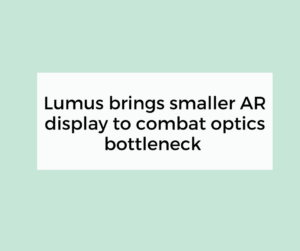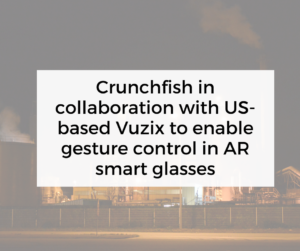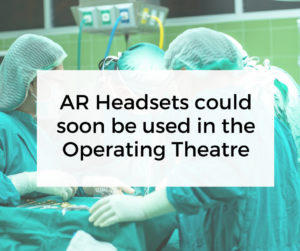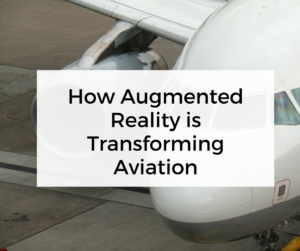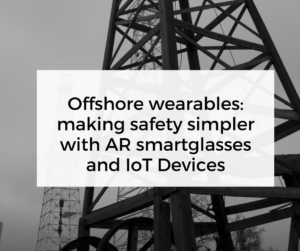AR implementation becoming common among workforces
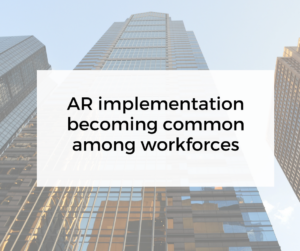
An article in Eureka Magazine has many interesting points about AR’s prevalence amongst workforces and enterprise customers. The main points from the article are:
- AR will enable increased collaboration between AR/VR and IoT developers
- Industry is already one of the strongest adopters of AR, leading to some reconsidering product plans.
- Many businesses are expected to soon place smart glasses at the core of their IoT systems, as they look to make workers more productive and to streamline their backend operations.
- Valerie Riffaud-Cangelosi, new markets development manager at Epson, says: “Deploying AR will enable more efficient processes by enhancing the reality of the user, so they’ll be able, for example, to maintain an engine or a complex electrical board in an intuitive and easy way. They’ll be able to see inside the device and act on the information there and then.”
- AR headsets are expected to evolve from the current type of eyewear to much sleeker devices like contact lenses and, in the distant future, it could be possible to make AR implantable with apps having direct access to the nervous system.
- One key technological challenge, especially for mobile AR, is packaging the components into a compact, sleek and lightweight format that people can wear comfortably all day.
- AR headsets must remain cool, which brings additional power and thermal constraints.
- “For a true mobile AR system, there is still not enough computing power to create stereo 3D augmented reality graphics,” argues Radhika Arora, ON Semiconductor’s IoT product line manager. “Laptops are just about starting to be equipped with the necessary graphics processing units and both sensors and haptics will play a critical role in future adoption.
- “For image sensors, getting the form factor more compact will be key as well as improving their performance in varying light conditions.”
- But while the future may witness fashionable eyewear, AR developers need to focus on a common interface that integrates with wearables in use today, whether that’s a pair of glasses or even a smartphone.
- “AR is still very new, with limited market penetration,” says Adam Kerin, Qualcomm’s senior manager of marketing. “But as the technology advances and the form factor decreases, we can expect to see it evolving into a seamless experience that users will interact with daily.
The full article appears here. Many of the challenges of adopting augmented reality in the enterprise are being addressed directly by AREA funded research such as security challenges and being able to calculate ROI.
